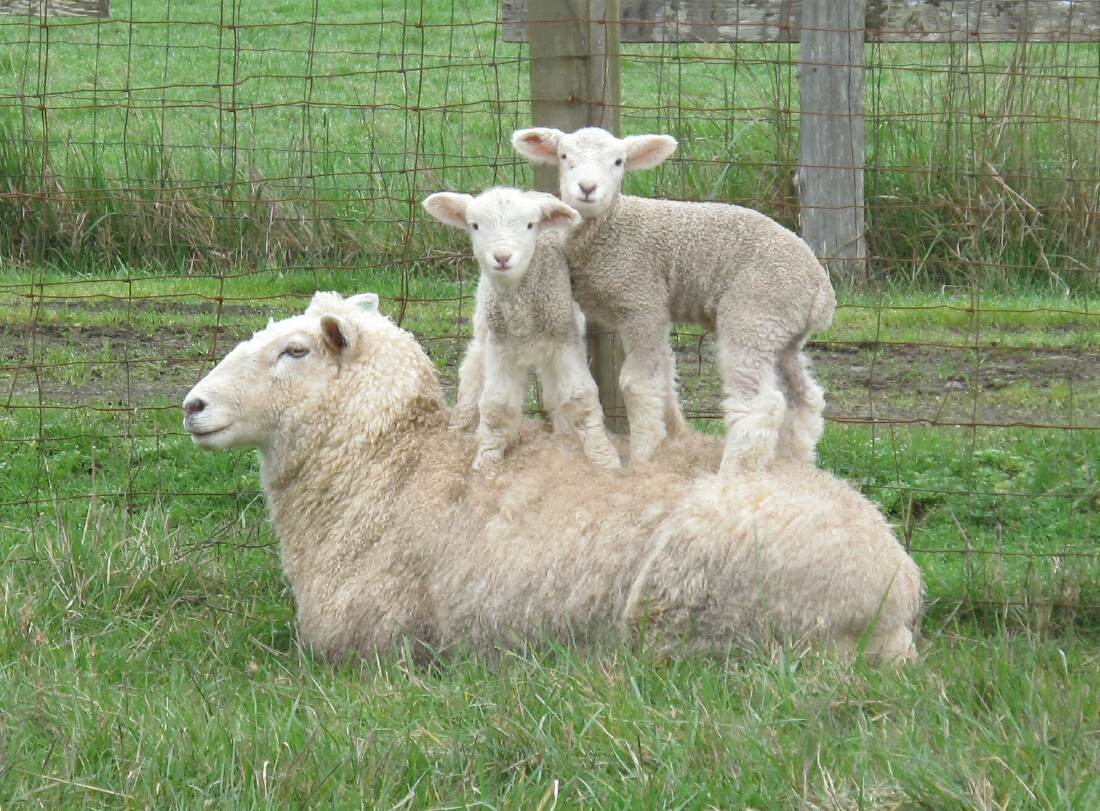Sheep have been bred in Britain for a very long time indeed – for their fleece, their milk, and their meat. It may come as no surprise therefore, that:
“The words used to describe sheep of different age and sex vary in detail up and down the country. Lambs are EWE lambs if female; if male, they are TUP or RAM lambs (tup in the North, ram in the South). If castrated – i.e. for fattening as meat as distinct from rearing to breed from – they are WETHER or WEDDER lambs.
After weaning, at five months old, they become ewe, tup or wether HOGGS, HOGGETTS or TEGS. Note that ‘hogg’ (double ‘g’) is a sheep, not a pig.
At about fifteen months old, in the spring or early summer – depending on district climate – they are shorn for the first time. The females then become THEAVES, THAVES or THREAVES in the South, GIMMERS in the North. The males are then called SHEARLING or DIAMOND tups or rams or, in some districts, DINMONTS.
In the autumn, the females are mated with the ram and have their lambs in five month’s time. When, a few months later, they are shorn again, the become TWO-SHEAR (or TWO TOOTHED) ewes. Thereafter each shearing denoting an additional year of her age, she becomes three-, four-, shear ewe. After the age of four, age can no longer be proven because she grows no more teeth; when they wear out and she can no longer graze, she is sold as BROKEN MOUTHED and turned into meat.
Hogg wool is the best, and though wether hoggs give the biggest yield, the fleece of the ewe hogg is of better quality.”
– Elsie G. Davenport, Your Handspinning, 1971, Select Books, Mountain View, MO, USA
Picture submitted to Wovember Gallery 2011 by Joe Snyder
